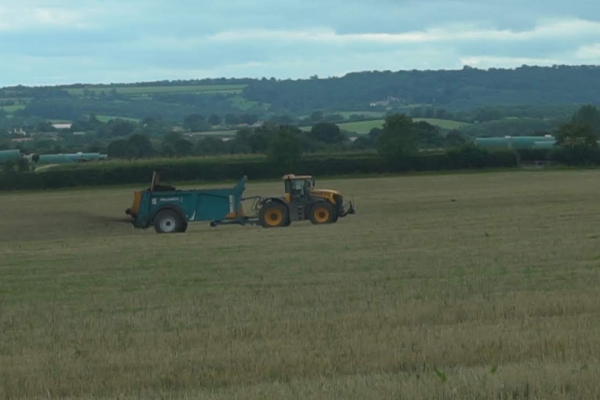Testing the soil health scorecard (On-farm soil monitoring 2018–2019)
Soil Biology and Soil Health Partnership Research Case Study
Resource explained
Growing food and fibre crops requires soils to be maintained in a way that provides optimal soil structure, water retention and nutrient availability. The physical, chemical and biological properties of soil interact to deliver these functions. An integrated approach that combines assessing all of these properties is needed for measuring soil health. The Soil Biology and Soil Health Partnership aims to improve understanding of soil biology and explore ways in which farmers can measure and manage soil health. It has developed a soil health scorecard which aims to provide information on key indicators of the chemical, physical and biological condition of soil, to help guide soil and crop management decisions. It is working with 8 farmer-research innovation groups around the UK to review the scorecard approach and test it on farm. This case study details results from scorecard data from 2018 that reveals some interesting insights into different management systems and their impact.
Findings & recommendations
- Of three fields that were looked at, one had higher soil organic matter (SOM) because of previous long-term inputs of farmyard manure and composts; the current field vegetable system included cover crops to help maintain the SOM levels – the value of which could be seen in SOM and earthworm numbers.
- In another field, potassium (K) had reduced under the mixed cutting/grazing management in a 3-year grass ley mixed system because of the high offtakes of K in silage.
- In a third field in which potatoes had been grown; the low earthworm numbers were attributed to the intensive cultivations associated with that crop.
Find out more about AHDB GREATsoils here and the scorecard here.







